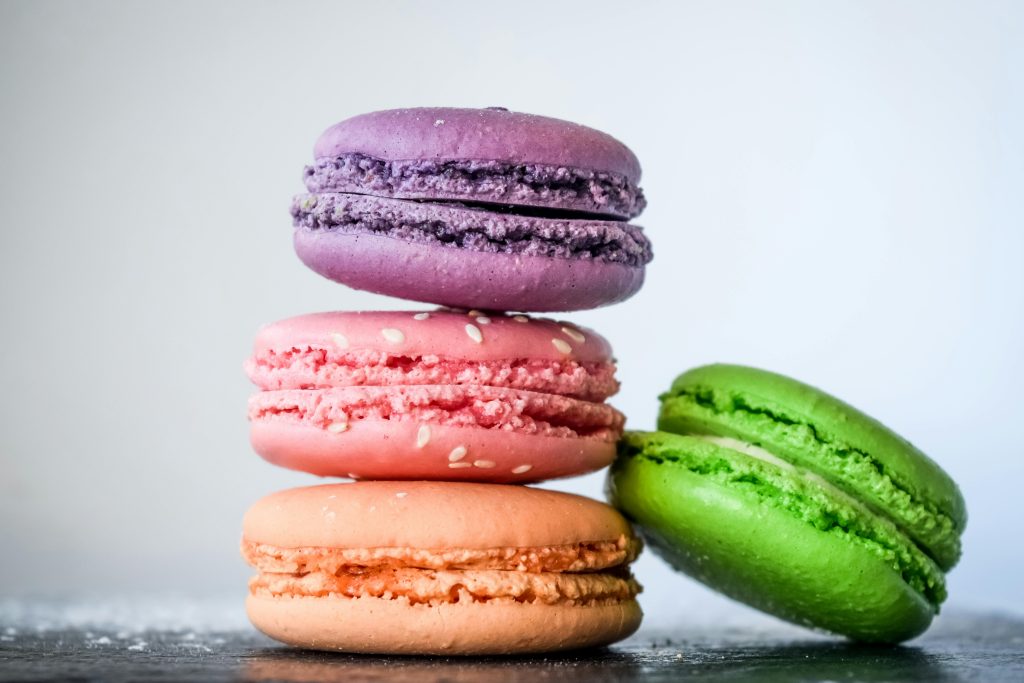Table of Contents
Desserts have a unique ability to bring joy and satisfaction, serving as a delightful ending to meals and a treat for special occasions. From rich cakes to refreshing sorbets, desserts encompass a wide variety of flavors, textures, and cultural significance. This article explores the history, diversity, and modern trends in desserts, highlighting their role in celebrations and everyday life.

A Brief History of Desserts
The concept of dessert dates back thousands of years, with early civilizations enjoying sweet dishes made from honey, fruits, and nuts. Ancient Egyptians were known to use honey to sweeten their baked goods, while the Greeks and Romans indulged in sweet pastries flavored with fruits and spices. However, it was during the Middle Ages that desserts began to evolve significantly with the introduction of sugar to Europe.
By the Renaissance, sugar had become a luxury item, leading to the creation of elaborate desserts that showcased the skills of skilled pastry chefs. The 19th century saw further advancements in dessert-making with the invention of baking powder and the popularity of chocolate, paving the way for modern desserts as we know them today.
The Diversity of Desserts
Desserts vary widely across cultures, each offering unique flavors and preparation methods. Here are some popular categories:
- Cakes: Cakes are perhaps the most recognized form of dessert, ranging from simple sponge cakes to elaborate multi-tiered creations. Variants include chocolate cake, fruitcake, and cheesecake, often celebrated for their versatility and ability to be customized for various occasions.
- Pastries: From flaky croissants to delicate éclairs, pastries are made using layered dough and often filled with creams or fruits. French pastries like macarons and tarts have gained international acclaim, showcasing the artistry involved in pastry making.
- Puddings and Custards: Creamy and comforting, puddings and custards come in various flavors, from classic vanilla to rich chocolate. They can be served warm or chilled and often feature ingredients like milk, eggs, and sugar.
- Frozen Desserts: Ice cream, sorbet, and gelato are beloved frozen treats that provide relief from heat. Each offers a different texture and flavor experience, with ice cream being rich and creamy, while sorbet is fruit-based and refreshing.
- Fruits and Nuts: Many cultures incorporate fruits and nuts into their desserts, celebrating natural sweetness. Dishes like fruit tarts, nut-based pastries, and even simple fruit salads are enjoyed for their freshness and health benefits.
- Cookies and Bars: Cookies and dessert bars are portable and easy to share, making them popular choices for gatherings. From chocolate chip cookies to brownies and lemon bars, these desserts are often simple to make yet incredibly satisfying.

Cultural Significance of Desserts
Desserts often play a pivotal role in cultural traditions and celebrations. They are integral to holidays, birthdays, and weddings, reflecting the significance of the occasion. For example, in many cultures, cakes are a staple of birthday celebrations, while desserts like baklava or rice pudding may feature prominently in festive gatherings.
In addition to their role in celebrations, desserts can also provide comfort and nostalgia. Many people have fond memories associated with family recipes passed down through generations, creating a sense of connection and belonging.
Modern Trends in Desserts
The world of desserts is continually evolving, with innovative trends shaping the culinary landscape. Some current trends include:
- Health-Conscious Desserts: As more people prioritize health, there is a growing demand for desserts made with natural sweeteners, gluten-free ingredients, and plant-based options. Desserts like avocado chocolate mousse or almond flour cookies cater to health-conscious consumers without sacrificing flavor.
- Artisanal and Gourmet Desserts: The rise of artisanal bakeries and gourmet dessert shops has led to an increased appreciation for high-quality ingredients and craftsmanship. Unique flavor combinations, beautiful presentations, and intricate designs are hallmarks of this trend.
- International Influences: As global cuisines become more accessible, many dessert makers are experimenting with international flavors and techniques. Desserts that blend traditional ingredients from different cultures are gaining popularity, such as matcha-infused cakes or Mexican churros served with Asian-inspired dipping sauces.
- Dessert Experiences: Restaurants and cafes are increasingly offering dessert tasting menus or interactive dessert experiences, where diners can enjoy a variety of small desserts. This trend allows for exploration and appreciation of diverse flavors and textures in one sitting.

Conclusion
Desserts hold a special place in our hearts and culture, offering sweetness and joy in a variety of forms. From traditional recipes that evoke nostalgia to modern creations that push the boundaries of flavor, desserts continue to captivate our senses. As we celebrate life&8217;s moments, big and small, desserts provide a delightful conclusion, reminding us of the joy that can be found in every bite. Whether shared with loved ones or enjoyed alone, desserts are an essential part of our culinary journey, enriching our lives with sweetness and creativity.
